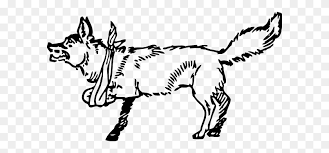 |
미통당과 황교안의 꿈은 문재인 정권이 레임덕(lame duck) 되는 것이었다. 뚜껑을 열어보니 그 꿈은 백일몽이었으며 헛된꿈이었으며 개꿈이었다. 레임덕은커녕 대통령의 지지율은 하늘높은 줄 모르고 연일 치솟고 있다.
미통당과 황교안은 왜 개꿈을 꾸었을까. 이제와 생각해보니 전조가 있었다. 이상하게 미통당은 개와 관련된 뉴스를 많이 내보냈다.
“낑낑.... 낑낑....” 총선에서 참패한 뒤로 그 집에서 개 앓는 소리가 달팽이관을 기분좋게 간지럽힌다. 다리를 크게 다쳐 힘들게 살고 있단다. 한국정치 사상 처음으로 레임독(lame dog)이 탄생했다. 아래, 부록에 소개드리는 요정께서도 레임독 제작에 한몫 하셨다.
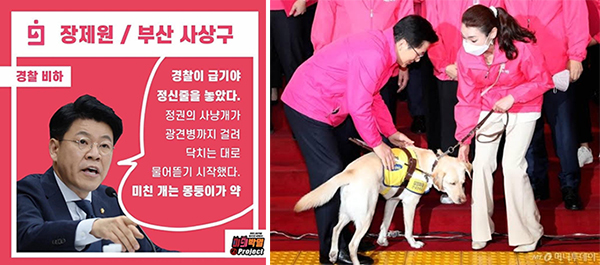 |
(부록)
‘레임독 제작’ 요정
boggart. 개를 절름발이로 만들어버리는 요정. a household spirit. causes dogs to go lame.
‘레임독 제작공장’ 소재지
잉글랜드 북부. 가정집, 땅구멍. 해외지사 한국 여의도. The boggarts inhabit marshes or holes in the ground. in English folklore.
장난꾸러기
밤중에 폴터가이스트를 일으켜 당사를 개엉망으로 만든다.
당사 이전
보가트의 관심대상이 되면 벗어나기 힘들다. 다른 집으로 이사하는 것도 어렵다. 이삿짐센터 트럭이 오면 지가 먼저 탄다.
생김새
털복숭이. 길쭉하고 뾰족한 코.
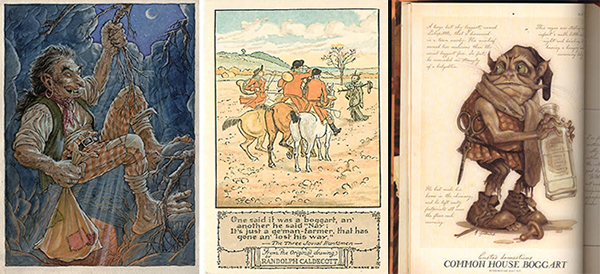 |
| ◾(가운데)Postcard illustration by Randolph Caldecott from c. 1914 for the poem "The Three Jovial Huntsmen", depicting the huntsmen encountering a "boggart" |
(관련기사 ; 미통당과 개)
‘전광훈당’ 대변인 “미래통합당 ‘배부른 개돼지들’”
[평화나무 김준수 기자] 기독자유통일당이 ‘강한 야당’을 만들겠다며 미래통합당 때리기에 나섰다. 싸울 줄 모르는 미래통합을 계속 지지하다가는 대한민국의 미래가 없다는 것이다. 미래통합당을 두고 ‘비겁한 자들’, ‘배부른 개돼지’라는 험한 말까지 나왔다. (2020.04.26.)
통합당 반려동물 정책개발단장에 '원조 개통령' 이웅종
미래통합당은 3일 반려동물 행정교정 전문가 이웅종 연암대 동물보호계열 교수를 당 '2020 총선공약개발 특별위원회'의 반려동물 정책개발단장으로 위촉했다. (2020.3.3.연합뉴스)
 |
(심화학습 ; Lameness in Dogs)
Disorder of the Gait in Dogs
Lameness is a clinical sign of a more severe disorder that results in a disturbance in the gait and the ability to move the body about, typically in response to pain, injury, or abnormal anatomy.
Symptoms and Types
Lameness may involve one or more limbs and varies in severity from subtle pain or tenderness to an inbability to place any weight on the limb (i.e., carrying the leg). If only one forelimb is involved, the head and neck move upward when the affected limb is placed on the ground and drops when the unaffected limb bears weight. Meanwhile, if only one hind limb is involved, the pelvis drops when affected leg bears weight, rises when weight is lifted. And if both hind limbs are involved, forelimbs are carried lower to shift weight forward. In addition, lameness may become worse after strenuous activity or alleviate with rest.
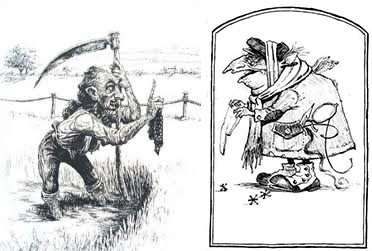 |
Causes
Forelimb lameness in still growing dogs that are less than 12 months of age. Forelimb lameness in mature dogs that are older than 12 months of age
Risk Factors
•Breed (size) •Overweight •Frequent, strenuous activity
Diagnosis
Your veterinarian will perform a thorough physical exam on your pet, taking into account the background history of symptoms and possible incidents that might have led to this condition. Standard tests include a complete blood profile, a chemical blood profile, a complete blood count, and a urinalysis.
 |
| ◾오른쪽=주권연구소 |
Treatment
Treatment will depend on the underlying cause. If your dog is overweight, you will need to make changes in the dog's daily diet.
Living and Management
Your role and that of your veterinarian in the period following treatment will vary according to the diagnosis.
Prevention
If you have a large breed dog, you will need to be on guard against allowing your dog to gain excess weight. Conversely, if your dog is a very rambunctious and energetic breed, you will want to observe the dog, and take note of any changes in movement or behavior after exercising, as some highly energetic dogs have a tendency to overdo it.
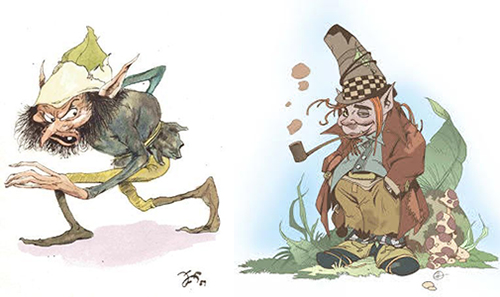 |
관리자 freemediaf@gmail.com
<저작권자 © 자유언론실천재단, 무단 전재 및 재배포 금지>

